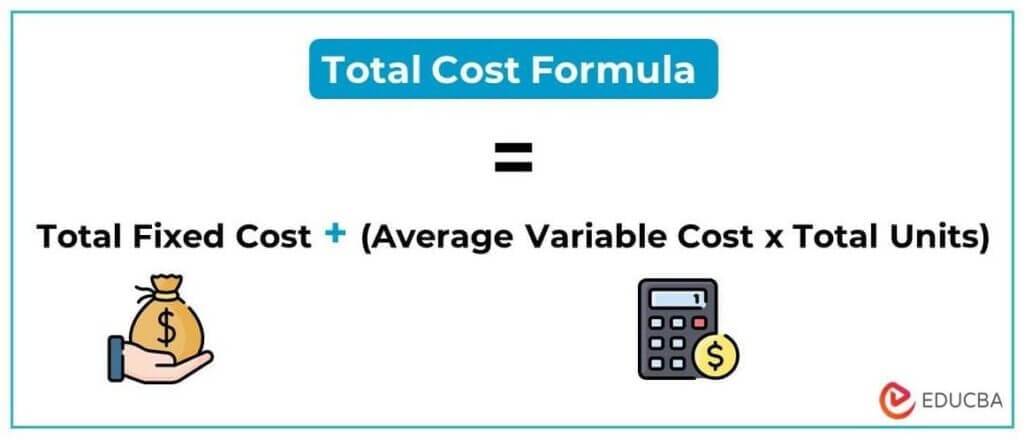
Example of period costs includes marketing costs, office rent, and indirect labor. This video explains the concept of period costs in managerial and cost accounting. The cost of goods sold for a business is essentially the amount of costs in a given period required to manufacture and sell the business’s goods. Examples of product costs are direct materials, direct labor, and allocated factory overhead. Examples of period costs are general and administrative expenses, such as rent, office depreciation, office supplies, and utilities.
- For example, if a furniture manufacturer pays freight to transport lumber from a supplier to their factory, that freight cost gets included in the total cost to manufacture the furniture.
- These unsold units would continue to be treated as asset until they are sold in a following year and their cost transferred from inventory account to cost of goods sold account.
- In short, any costs incurred in the process of acquiring or manufacturing a product are considered product costs.
- These fringe benefit costs can significantly increase the direct labor hourly wage rate.
- Overhead covers indirect production costs like electricity, equipment maintenance, factory supervision, insurance, and more.
- Instead of being immediately expensed, product costs are capitalized, meaning they are recorded on the balance sheet as an asset.
Rent Expense: Definition, How It Works, and Types of Cost
What remains is the total amount of expected expenditures during the period. Learn about emerging trends and how staffing agencies can help you secure top accounting jobs of the future.
Administrative expenses

This additional information is needed when calculating the break even sales level of a business. It is also useful for determining the minimum price at which a product can be sold while still generating a profit. In a nutshell, COGS is the bill for creating or buying the stuff a business sells. Imagine your favorite bakery – the cost of flour, sugar, and the baker’s time to make those croissants you’re so fond of. Note that there are other types of leases, such as shell leases, absolute net leases, ground leases, and index leases. Under each of these leases, the monthly or annual rent expense may vary slightly based on the amenities included and the function of the contract.
What could be considered a period expense?
Direct labor costs include the labor costs of all employees actually working on materials to convert them into finished goods. As with direct material costs, direct labor costs of a product include only those labor costs distinctly traceable to, or readily identifiable with, the finished product. The wages paid to a construction worker, a pizza delivery driver, and an assembler in an electronics company are examples of direct labor. If a company’s management understands both product and period costs, they can use it in improving decision-making.
Ways to Reduce or Eliminate These Types of Costs
Since the expense covers a two year period, it should be recognized over both years. Operating expenses are the funds a business pays regularly to stay in business – rent, salaries, and advertising costs, to name a few. They play a significant role in shaping the overall profitability of a business because they directly impact how much money it gets to keep after covering all these ongoing expenses. Product cost and period cost are accounting concepts used to categorize and allocate expenses in a business. These terms play a part in determining the cost of goods sold (COGS) and overall profitability.
What is the approximate value of your cash savings and other investments?
Accurate measurement of product and period costs helps you report the correct amount of expense in the income statement and assets in the balance sheet. Failing to distinguish between product vs period costs could result in an overstatement or understatement of assets and net income. Let’s discuss the accounting treatment of product costs and period costs in greater detail.
Examples include administrative salaries, marketing, research and development (R&D), etc. These costs are deducted as operating expenses on the income statement. Both product costs and period costs may be either fixed or variable in nature. For a retailer, the product costs would include the supplies purchased from a supplier and any other costs involved in bringing their goods to market. In short, any costs incurred in the process of acquiring or manufacturing a product are considered product costs. Many employees receive fringe benefits paid for by employers, such as payroll taxes, pension costs, and paid vacations.
For example, the wood and fabric that goes into a chair, or the wages of the worker assembling it. Production costs are usually part of the variable costs of business because the amount spent will is rent a period cost vary in proportion to the amount produced. As part of its lease agreements, Starbucks notes that it pays many different types of expenses, such as CAM costs, real estate taxes, and other costs.
